
Guten tag! Welcome to Berlin! We flew into Berlin on a discount airline from Thessaloniki in early July, and the whole city of seemed to be relishing the summer sunshine. We found a very affordable campsite inside the city on the Berlin-Spandau Ship Canal at Hotel und City Camping Nord. It was perfect: well-within our budget, a quiet refuge from the hustle and bustle, and with a bus stop just down the street! We settled in before hopping on a bus to meet up with a friend of ours, Katrin, whom we first met back at Makvärket in Denmark! Check out Makvärkets new website here to see what they’re up to. But for now, onto our Berlin adventures!
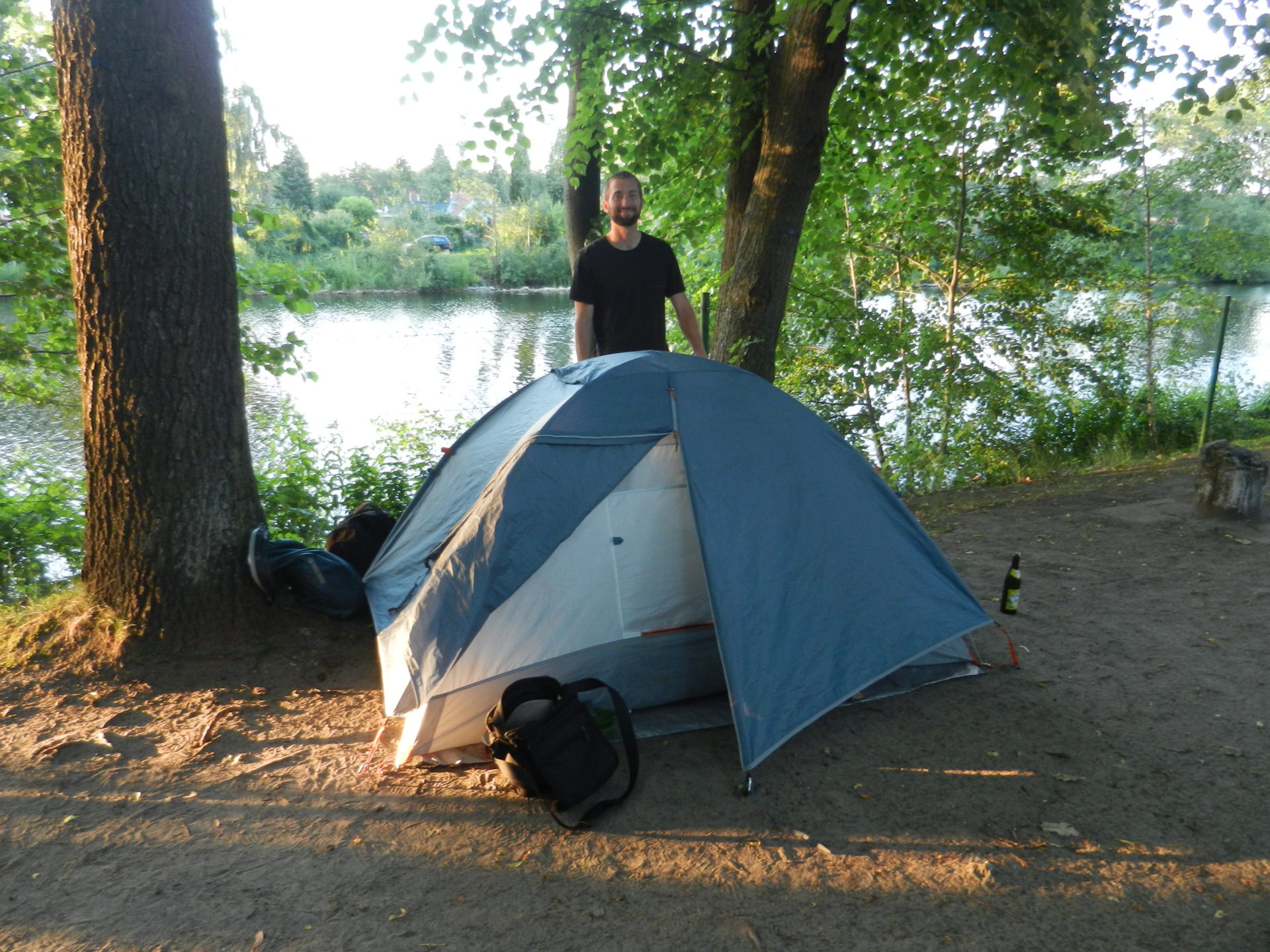
Das ist berlin
Berlin occupies a pretty unique sociocultural and historical sphere both in and outside of Germany. It has been transformed by the world around it many times, and in turn has transformed many who have passed through it. I’ll give a brief overview of some significant events that have helped shape the modern elements of Berlin, but keep in mind its history is so rich and layered that I won’t be doing it justice here.
Berlin has experienced substantial change in recent decades. During the reign of the Nazi party, Berlin was slated to become the capital of the “new world” they sought to create. Then up to a third of the city was destroyed by the end of the Second World War. The people of Berlin then spent decades divided and then grappled with reunification at the end of the Cold War. Social, cultural, and economic evolution within the city continued over the decades following reunification to form the Berlin of today: a mixture of modern innovation with grungy, vibrant culture. For more reading on the history of Berlin and visiting Berlin, check out some of these articles to get you started: Lonely Planet, Visit Berlin, Wiki, Wanderlust Chloe, and On the Luce.
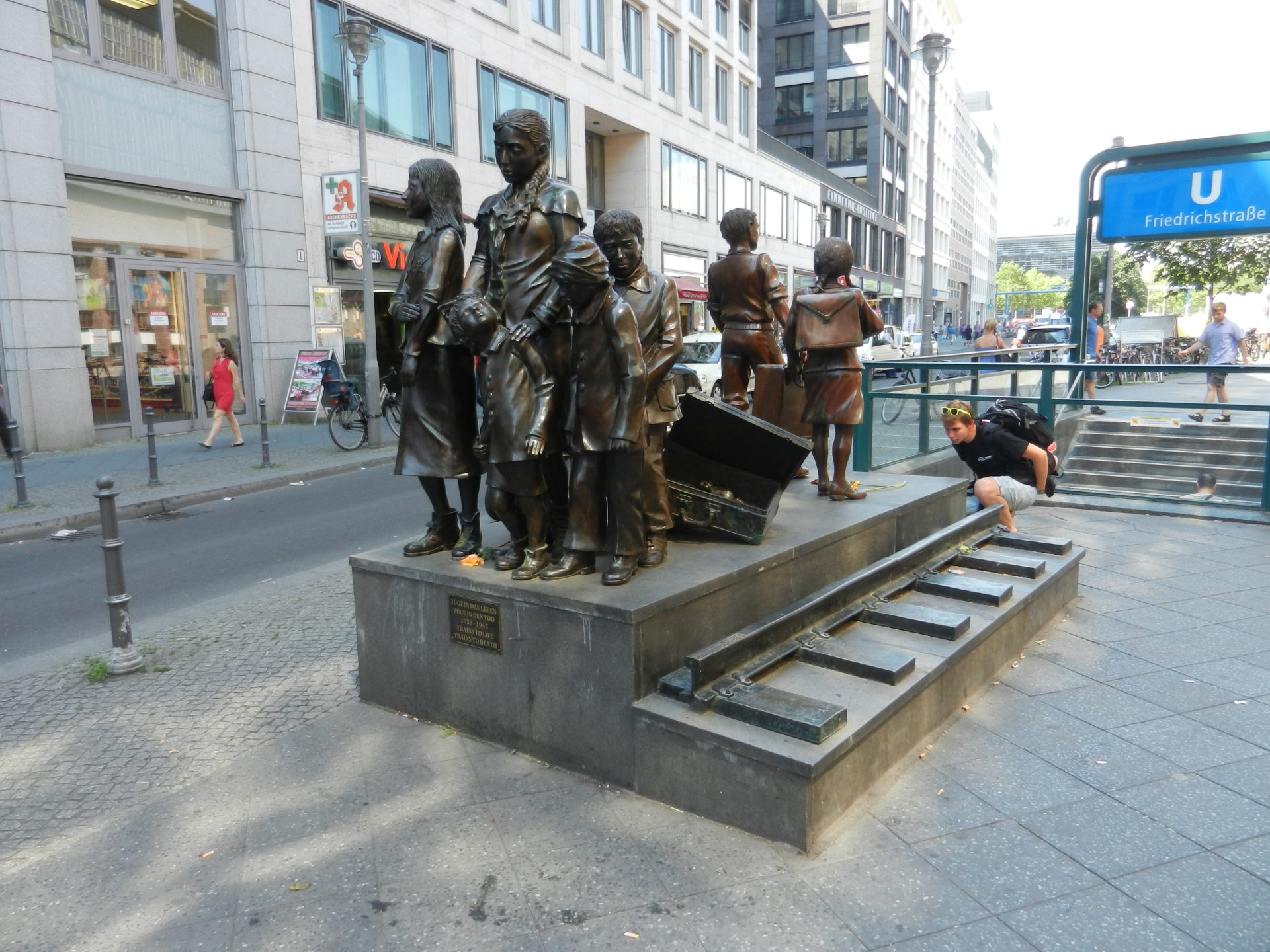
Our first stop was the iconic Brandenburg Gate. This is the oldest surviving city gate in Berlin and has come to symbolize both the division and reunification of Germany. The Gate sat inaccessible in the exclusion zone between East and West Germany after the Berlin Wall was erected in 1961. When the wall fell in 1989, thousands of people filled the square in front of the Brandenburg Gate to see Berlin’s iconic monument reopened. Brandenburg Gate is an essential stop on most tours of Berlin, so expect it to be busy, but it really is a must-see!

Brandenburg Gate 
Nathanael in front of Brandenburg Gate
The weather was gorgeous during our visit, so we decided to escape the crowds for a little bit and wandered into nearby Tiergarten park. Tiergarten is a lush, 210 hectares of forests and parkland providing a lovely refuge in the city centre. There are dozens of walking paths, lakes, and gardens for visitors to bring a bit of nature into their day. The park also contains, or is nearby, important memorials and statues, including the Berlin Victory Column, Sinta and Roma Memorial, and the iconic Memorial to the Murdered Jews in Europe.

Soviet War Memorial in Tiergarten, Berlin, Germany 
Berlin Victory Column near Tiergarten
Berlin Wall and the East Side Gallery
Finishing our peaceful interlude in Tiergarten, we continued our tour of the city. Heading southeast from the park you can find several interesting Cold War landmarks. We stopped by the “BT 6” Watchtower on Potsdamer Platz, which is the last of the GDR watchtowers in Berlin. You can actually go on a tour of the tower, so check out the hours if you’re interested! We found Checkpoint Charlie, another iconic (and therefore busy) landmark, just a little further along. It has an interesting history behind it as the most famous crossing point between East and West Berlin, not to mention it has been a setting for many movies and novels!
Side note: keep your eyes open for fragments of the Berlin wall which are scattered throughout the city. These remnants stand as memorials and many have become galleries showcasing fun, interesting, and political artwork.

Nathanael in front of Potsdamer Platz “BT 6” Watchtower 
Berlin Wall segment on the streets of Berlin 

Ashleigh between two Berlin wall segments
The next day we continued our tour by heading east. Our first stop: the Oberbaum Bridge. The Oberbaum Bridge is an iconic double-decker bridge over the River Spree connecting the Kreuzberg and Friedrichshain districts. The bridge was a Cold War checkpoint, but more recently has been the setting for the annual “Water Fight” between the Kruzberg and Friedrichshain districts. For the action movie lovers out there, it was also a setting for 2004’s “The Bourne Supremacy“. It’s a beautiful landmark, and makes for a scenic walk over the river! Make sure to look over and check out the Molecule Man as well as lovely views of the bustling River Spree itself.

The lovely Hos Geldiniz near Oberbaum Bridge 
Walking underneath Oberbaum Bridge
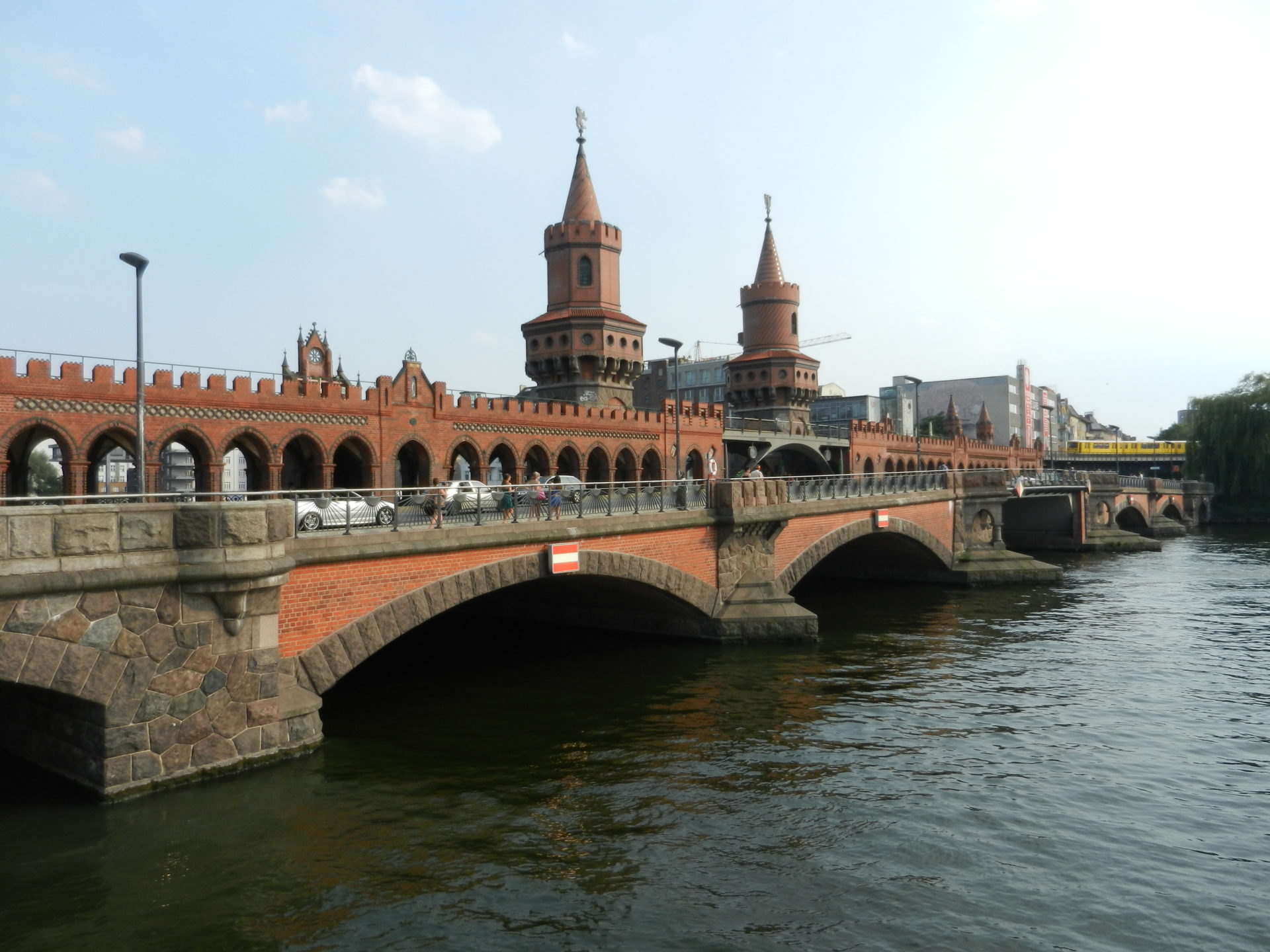
Crossing the Oberbaum Bridge to the north side of the river, you will find yourself immersed in the East Side Gallery. This gallery is probably the most prominent and well-known examples of wall remnants, spanning 1.3 kilometres along the river. Artists from around the world gathered once the wall fell and covered the wall in more than a hundred murals. The paintings detail political changes brought on by the fall of the wall, social issues, and all manner of self-expression. Some famous examples include: Dmitri Vrubel’s “Fraternal Kiss“, Theirry Noir’s “Cartoon Heads“, Kani Alavi’s “It Happened in November“, and Gabriel Heimler’s “The Wall Jumper“. There are so many cool sights in the gallery that you could easily spend hours slowly walking the length of it.
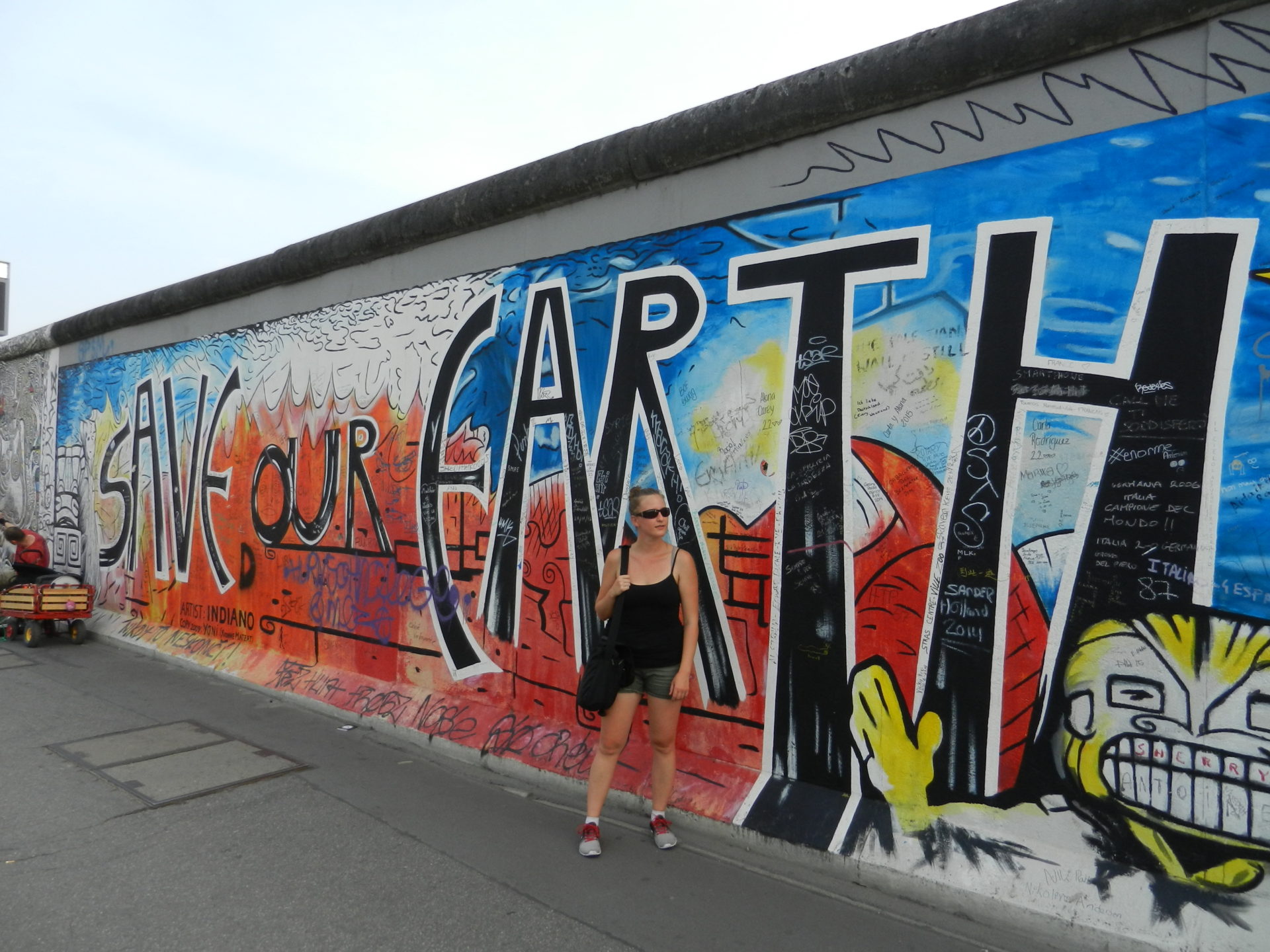
RAW-Gelände
We met up with Kat a short distance from the East Side Gallery just outside the RAW-Gelände. This place is truly something else. RAW-Gelände is an industrial area nestled between Revaler Strasse and Warschauer Strasse station in the Friedrichshain district. The area itself is a bit tricky to explain, but I’ll try to give a sense of it. RAW-Gelände is a kind of alternative, cultural space housing artists, markets, food vendors, beer gardens, and clubs. Within the area, Urban Spree is a dedicated art space featuring a gallery, shops, workshops, concerts, and other community events. Artists also live in residence in the area, and they’ve given the area this amazing street art eccentricity.

Welcome! 
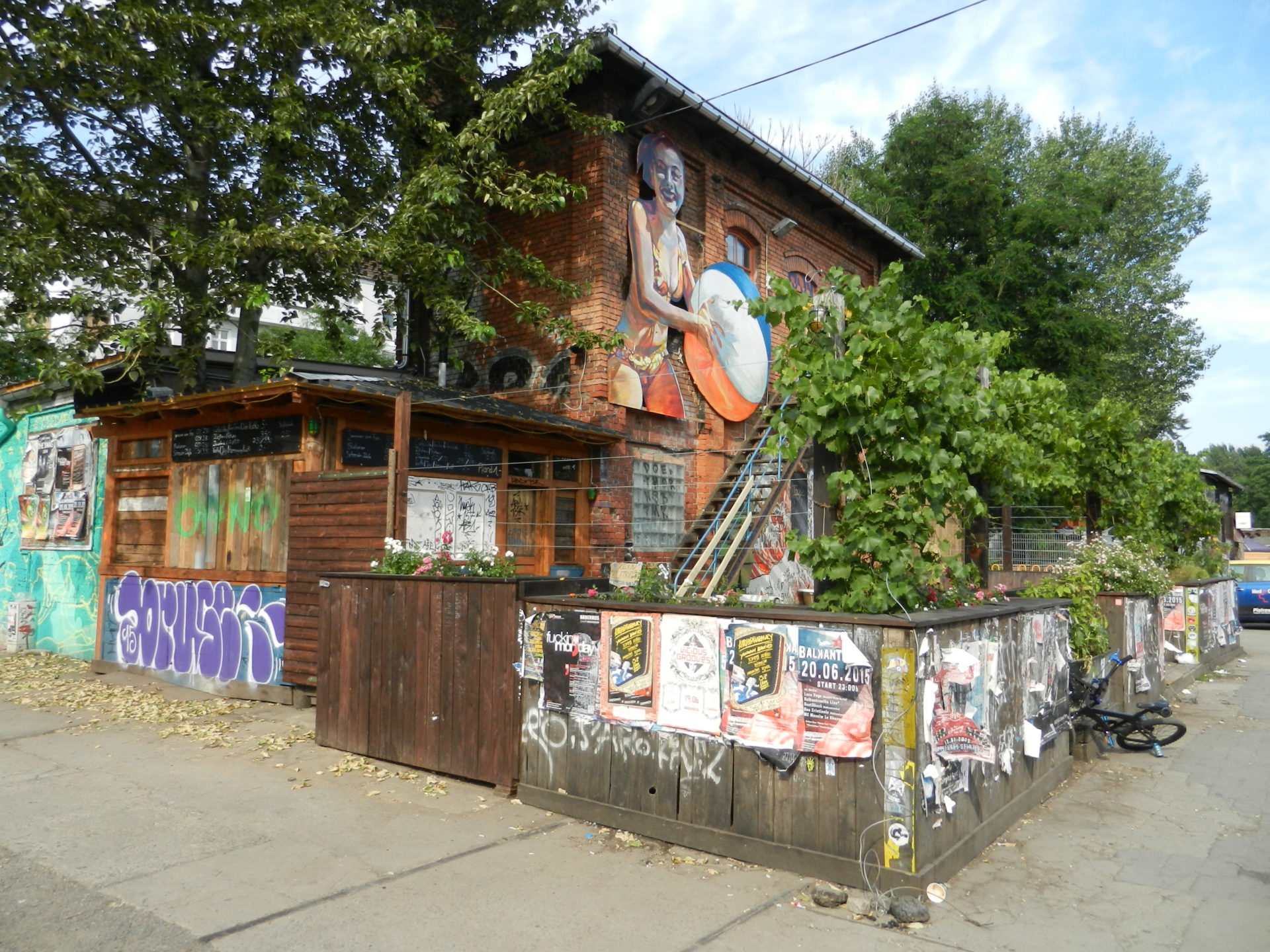
The whole area of RAW-Gelände essentially seems like an awesome, adult playground. If you’re looking to grab some food with friends you can head over to the Neue Heimat Food Market. Housed within a couple abandoned warehouses, there are restaurants, street food, music venues, and a village market on Sundays. If you’re feeling a bit more active, there’s a climbing wall and a skate hall to help you burn off some steam. Say you feel like dancing, numerous clubs and bars have set up shop in the warehouses and open areas. It’s obviously a pretty popular spot because lineups were already starting when we arrived in the early afternoon. Finally, if you feel like enjoying the sunshine and a beer with some friends, RAW-Gelände has beer gardens for that.

Neue Heimat Food Market 
What is even happening here? 

Waiting to party 
One last beer before we go…
On our last evening in Berlin we went to have a final beer in the beer garden overlooked by the Gedächtniskirche or Kaiser Wilhelm Memorial Church. The west tower of the former church was left standing after the ravages of the war and today represents an anti-war memorial to peace and reconciliation. Nicknamed the “hollow tooth”, the shell of the tower is pocked with artillery damage and seems to stand guard over the nearby shopping boulevards of Kurfürstendamm.
Berlin was a fascinating stop on our tour of Germany. As the capital of a reunited Germany that survived war, upheaval, separation, and sweeping social change I felt like the city left an impression like no other. It was simply, Berlin.

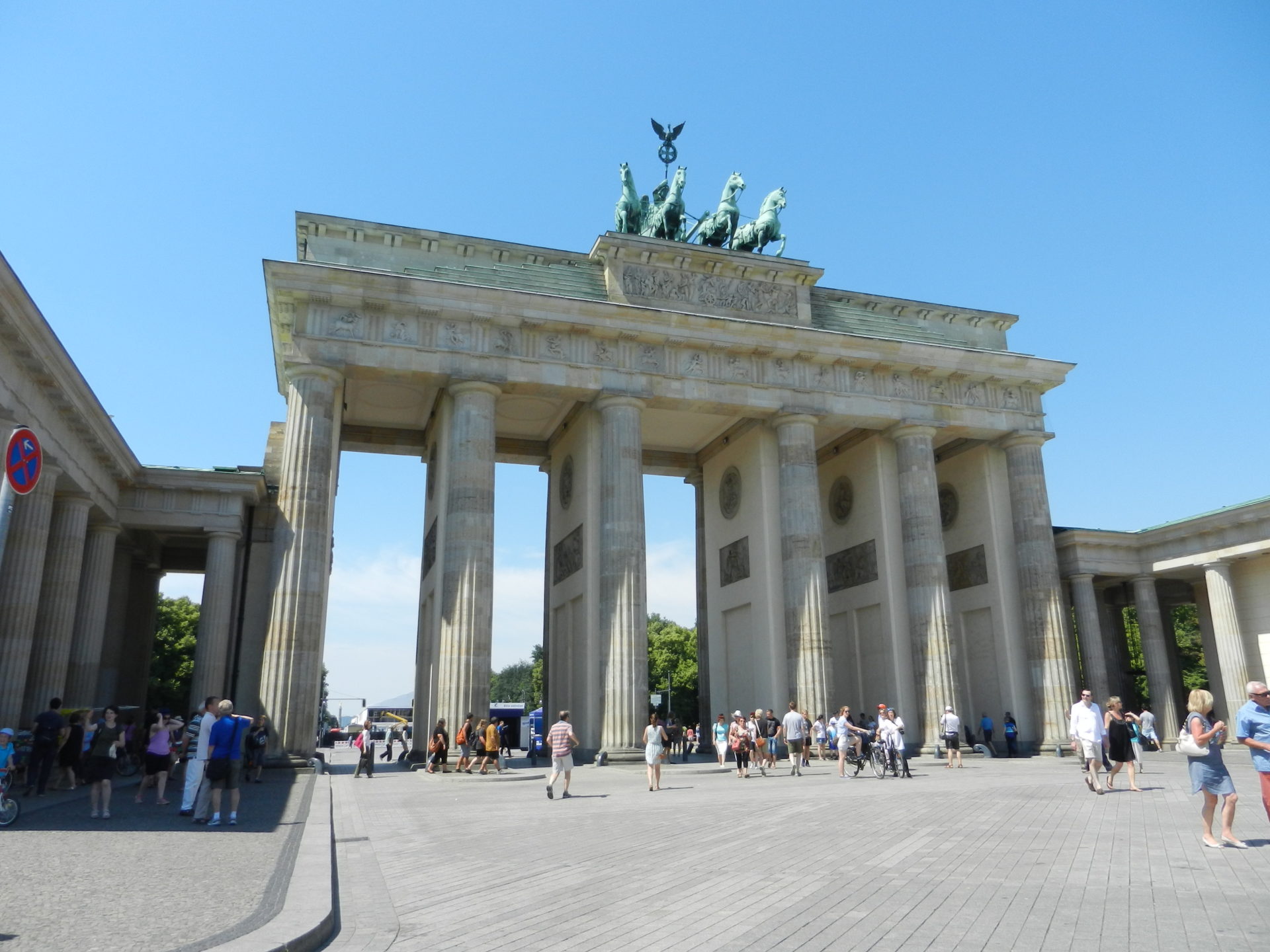
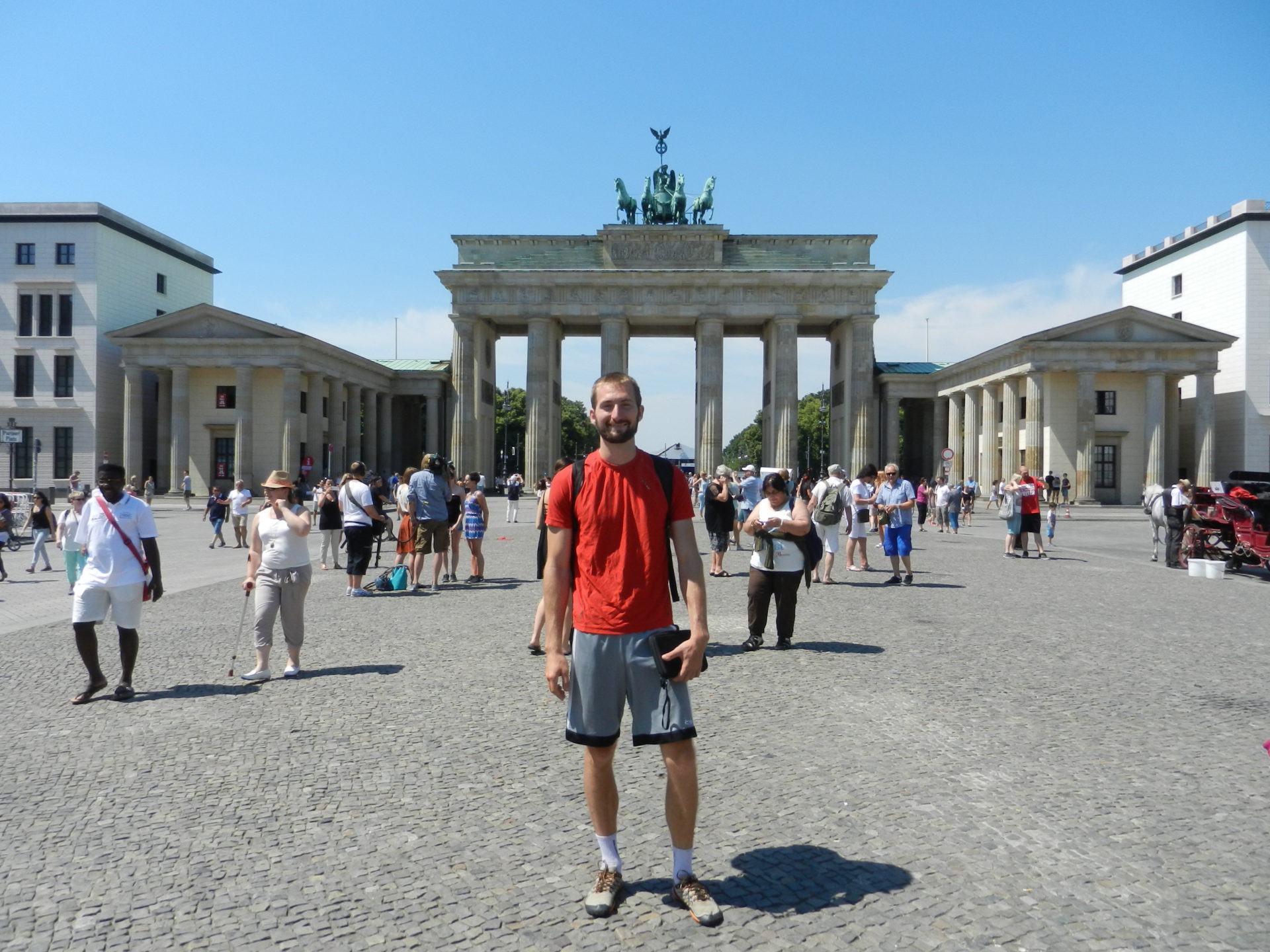
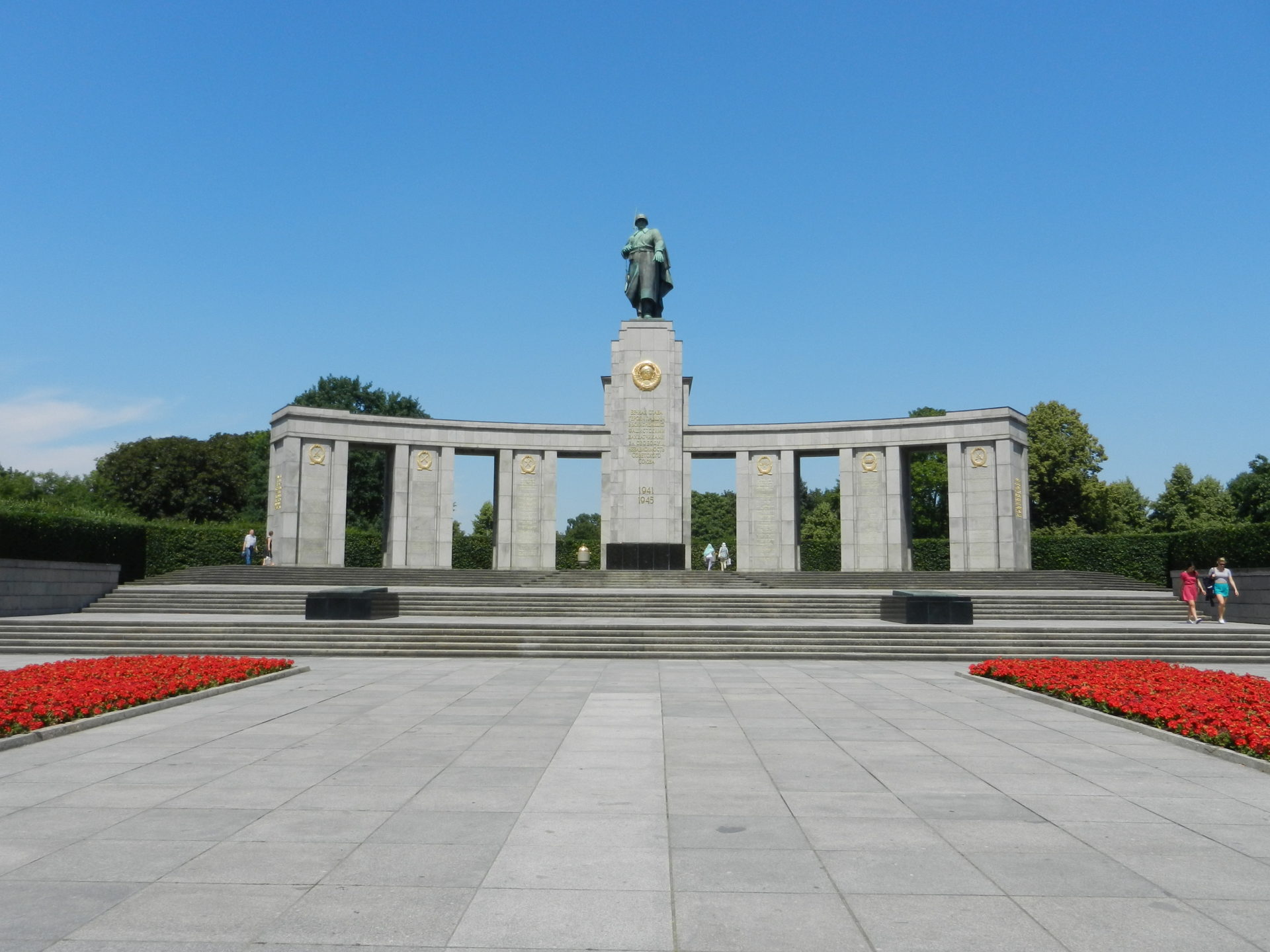
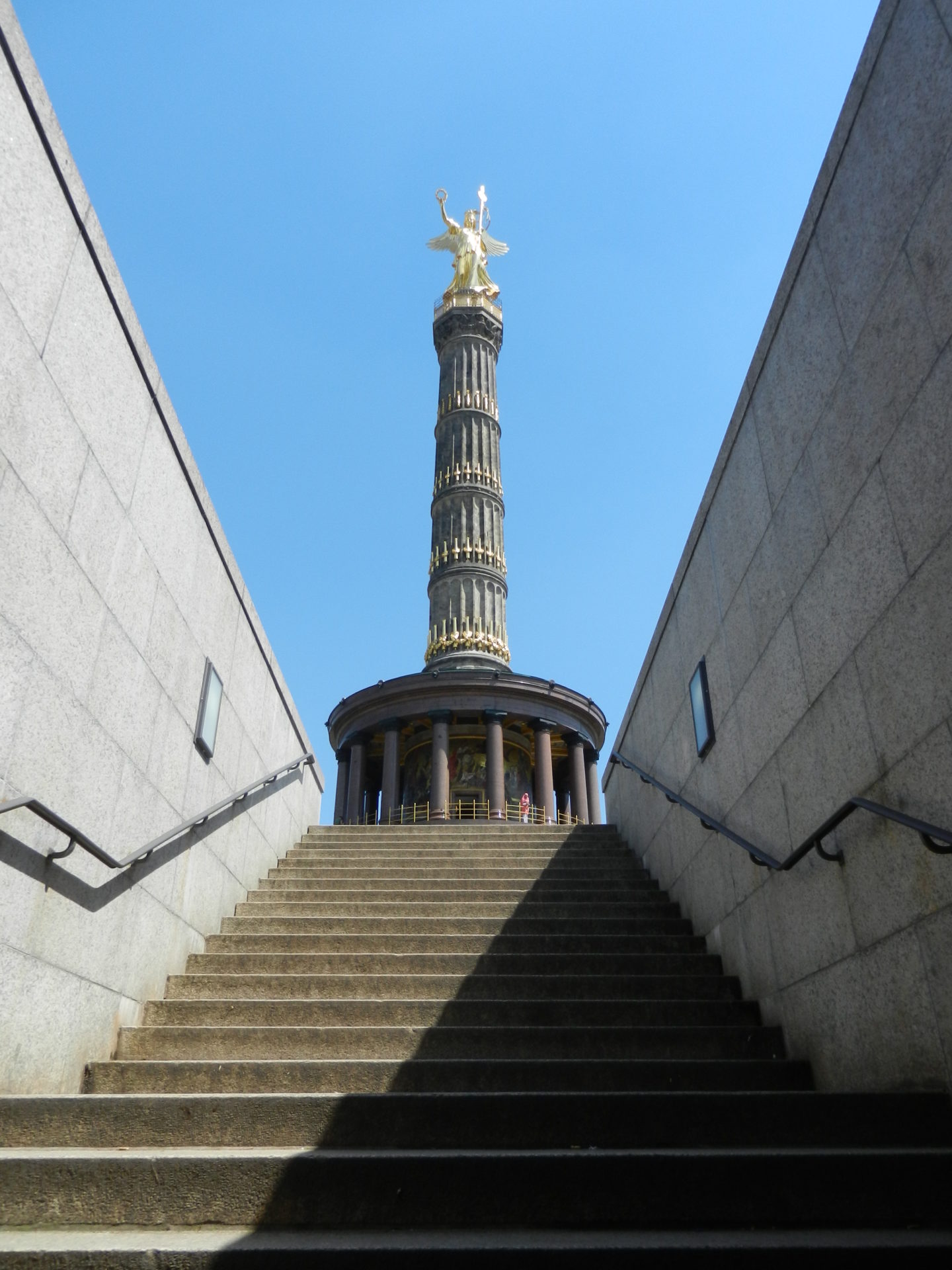
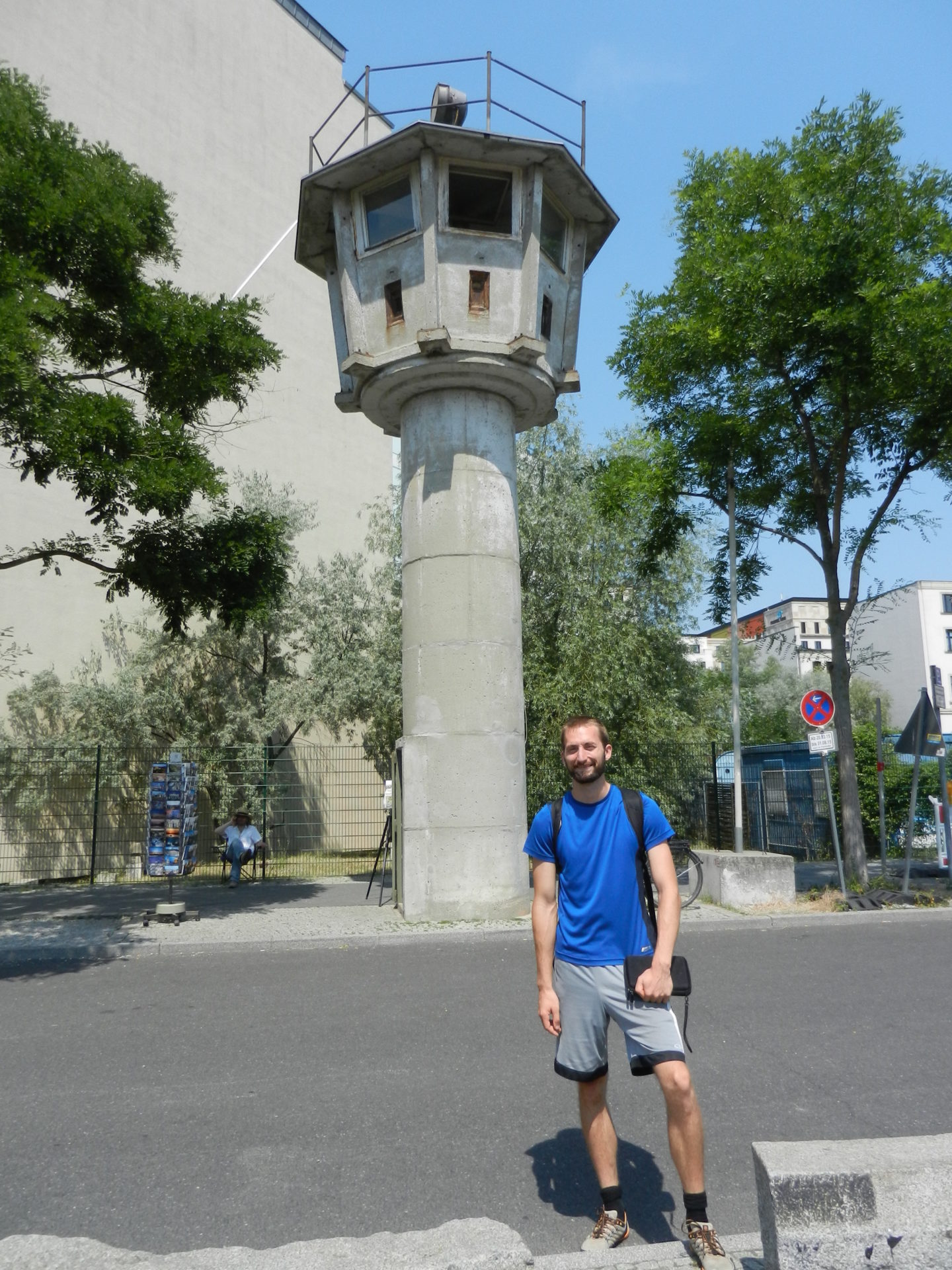
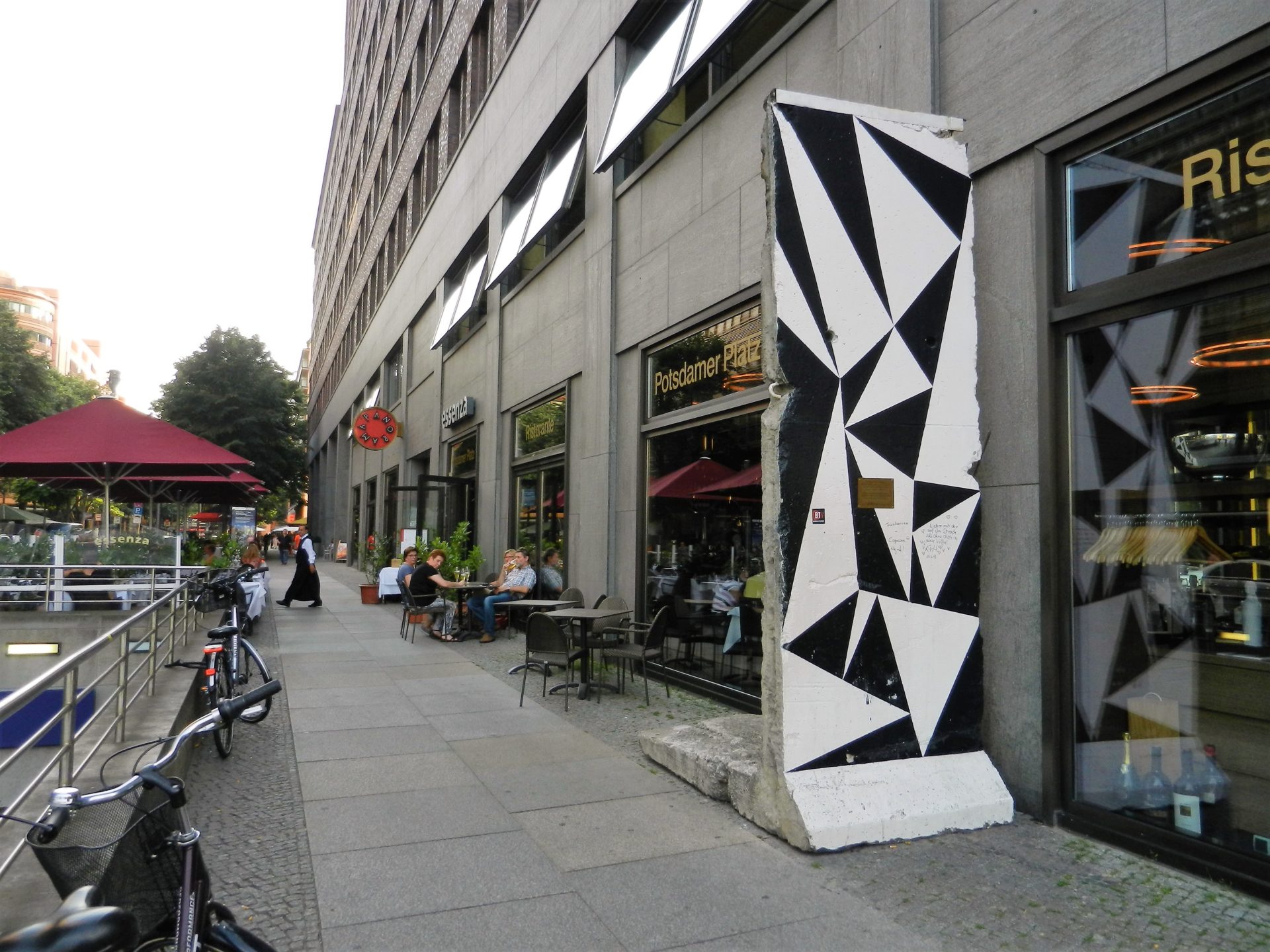
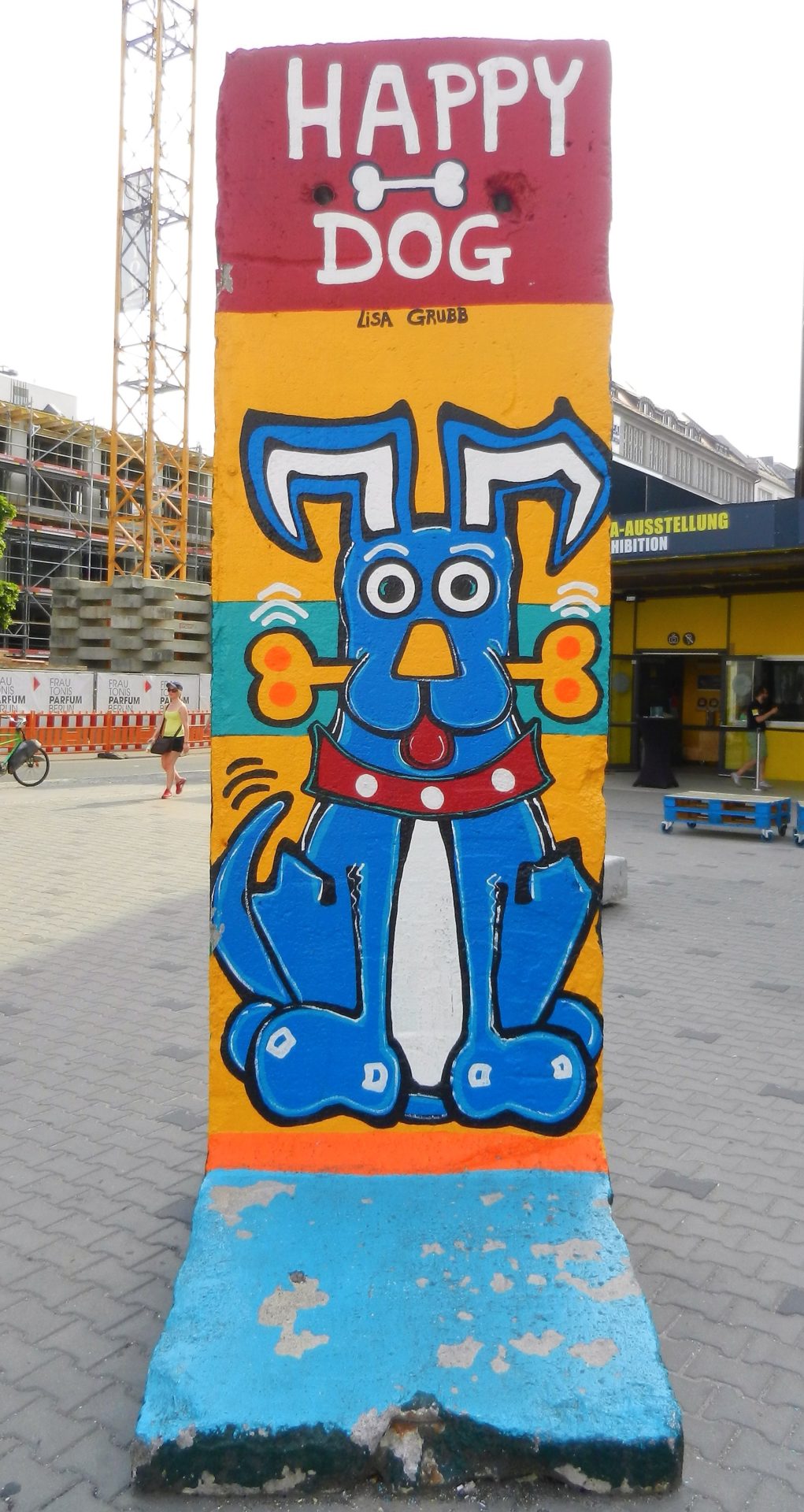
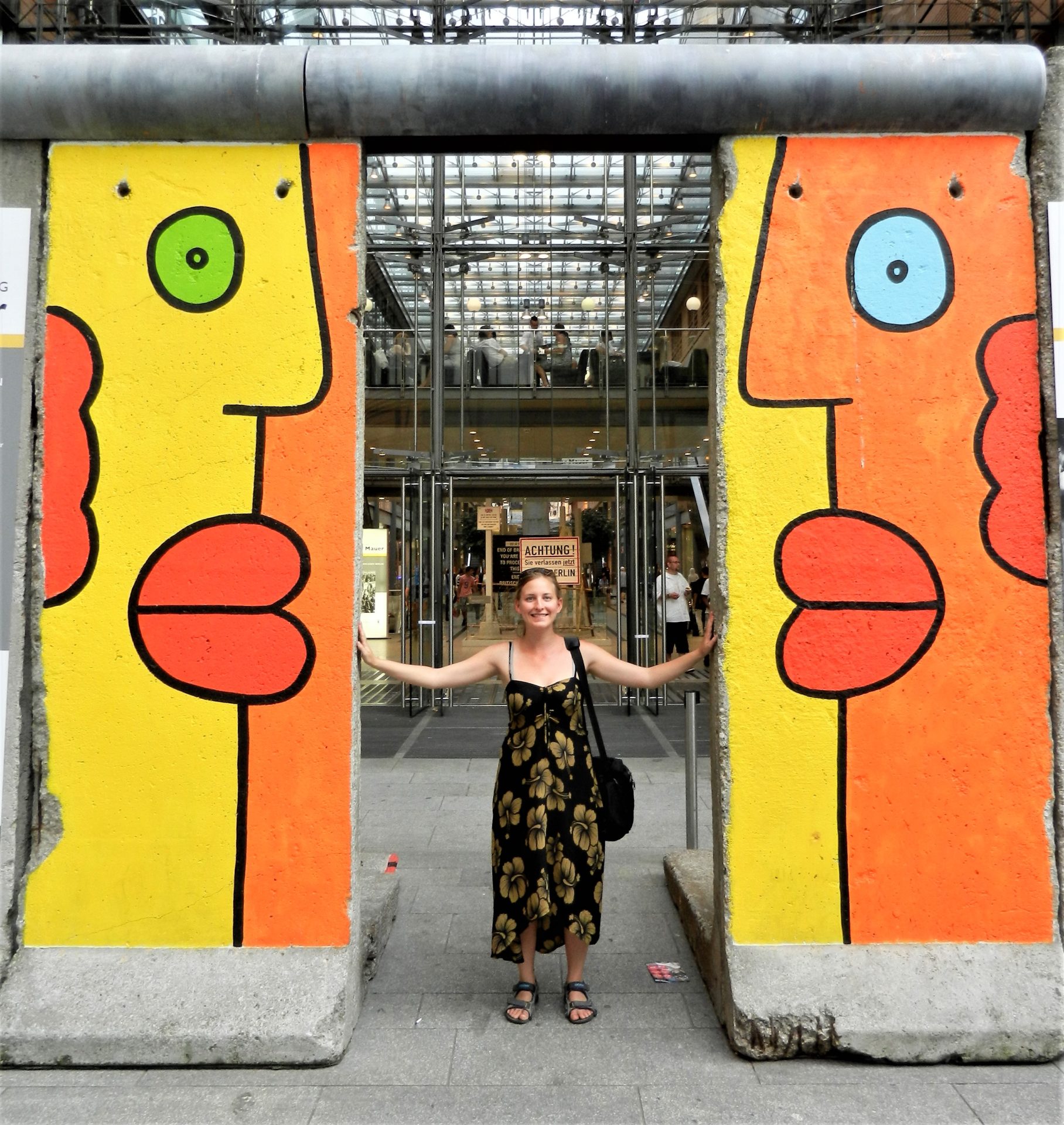
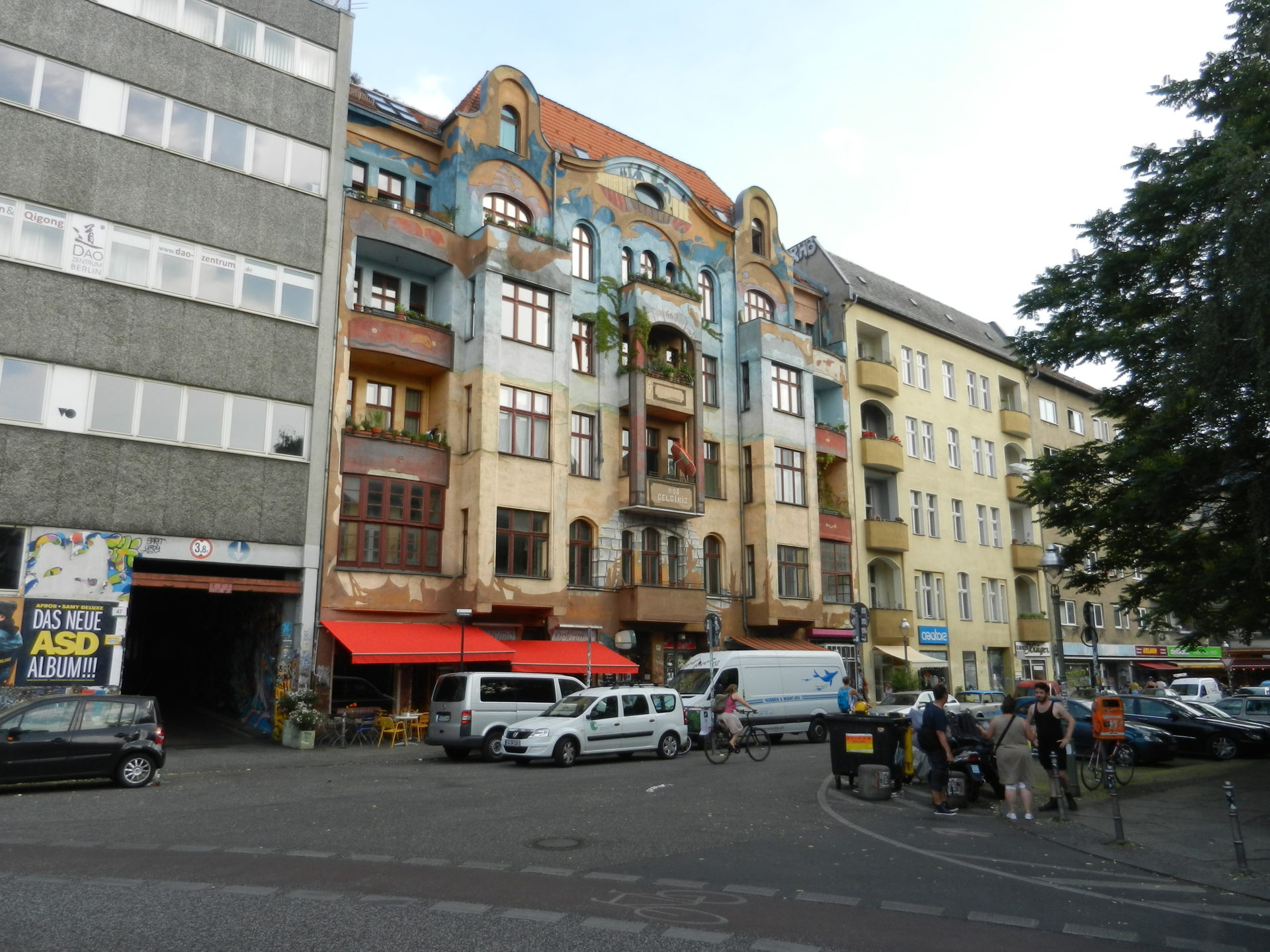
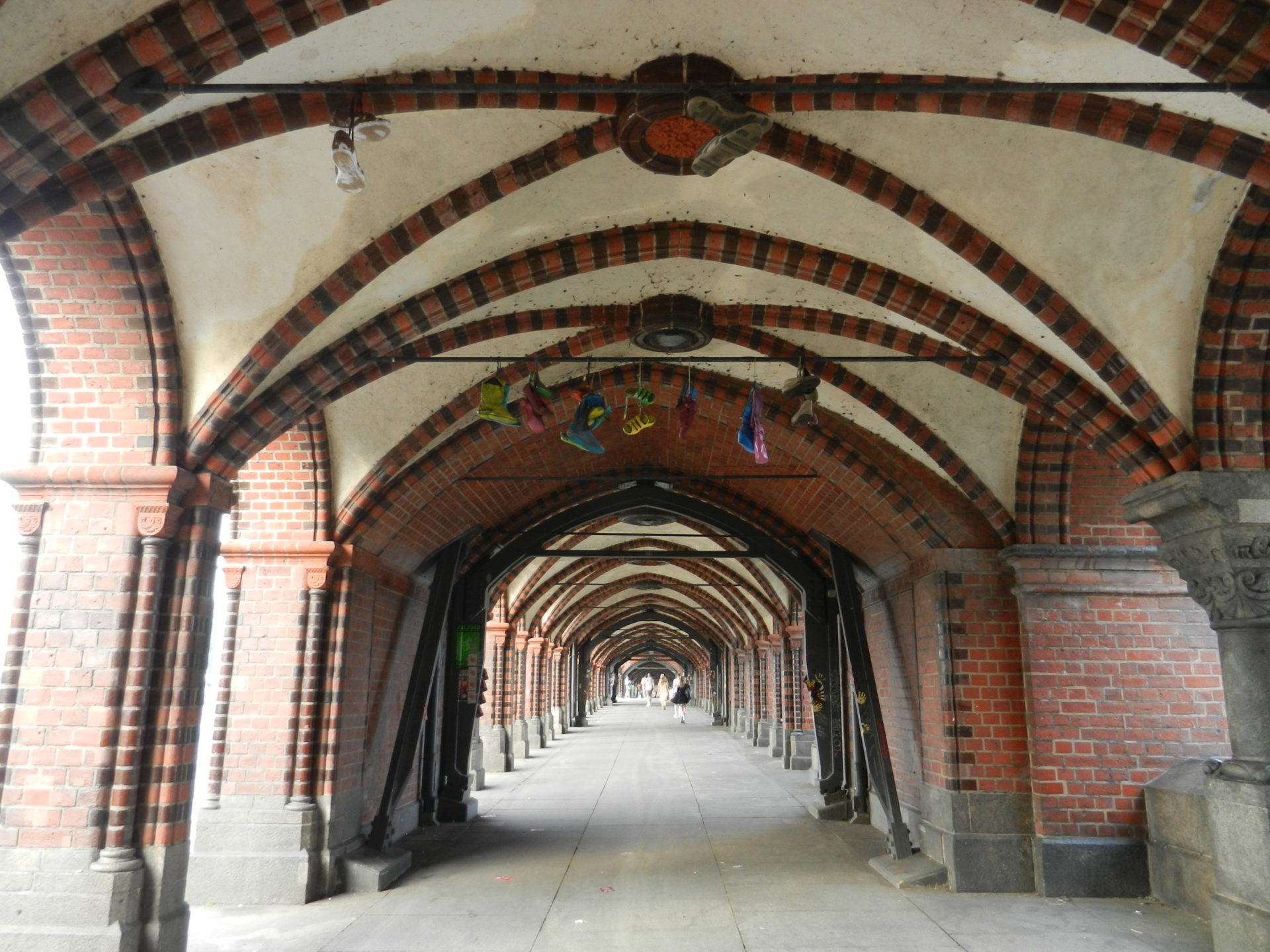
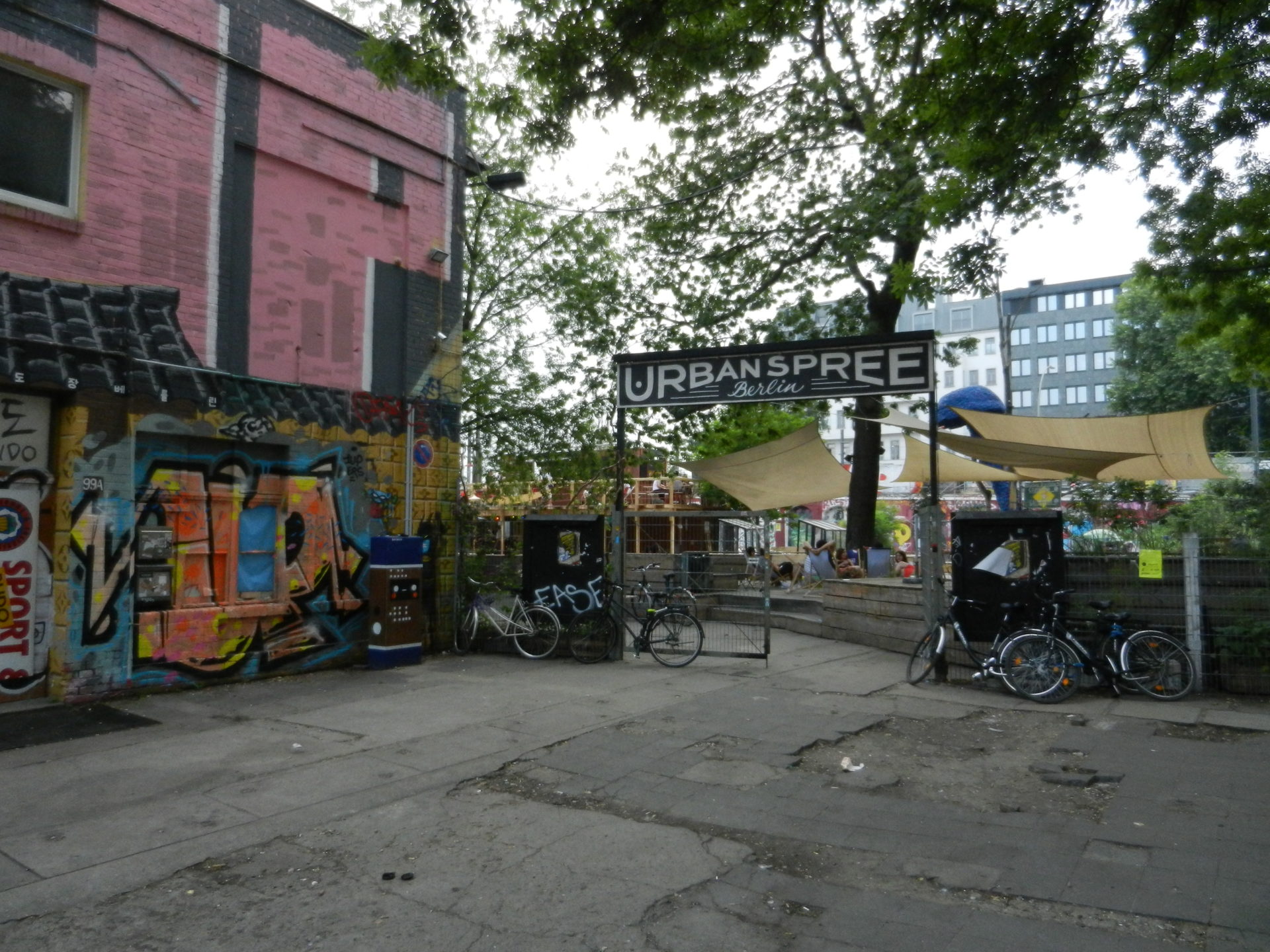
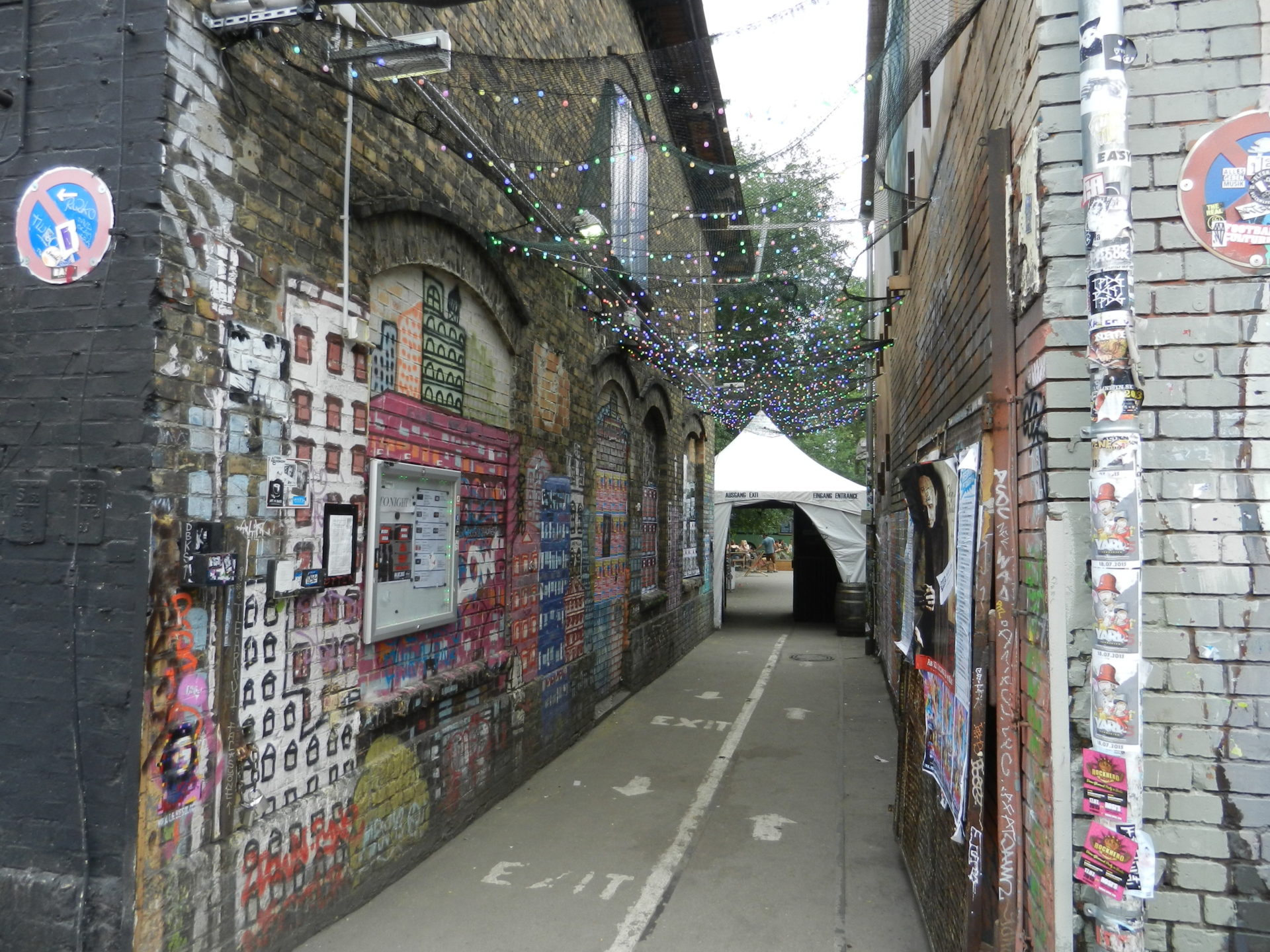
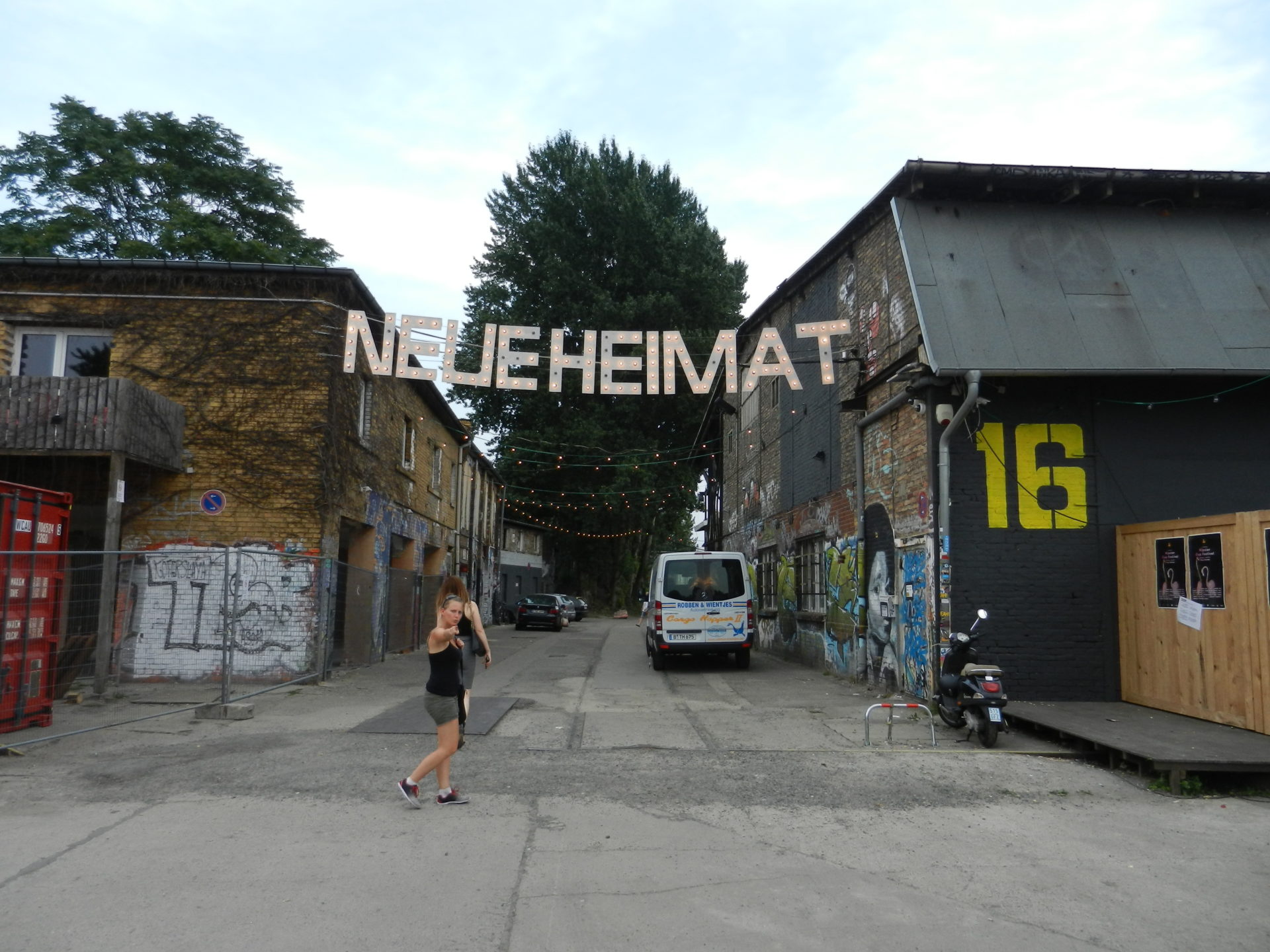
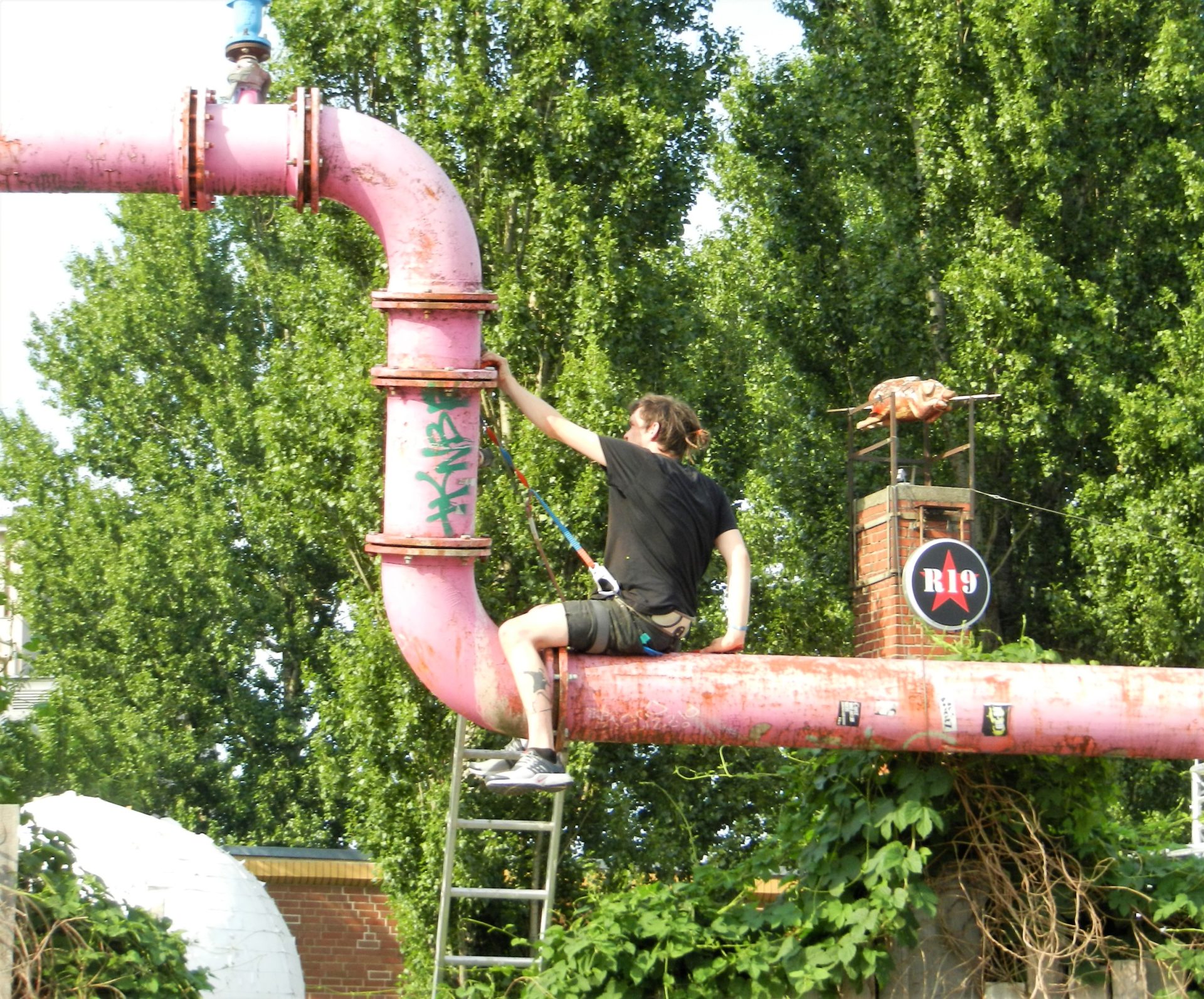
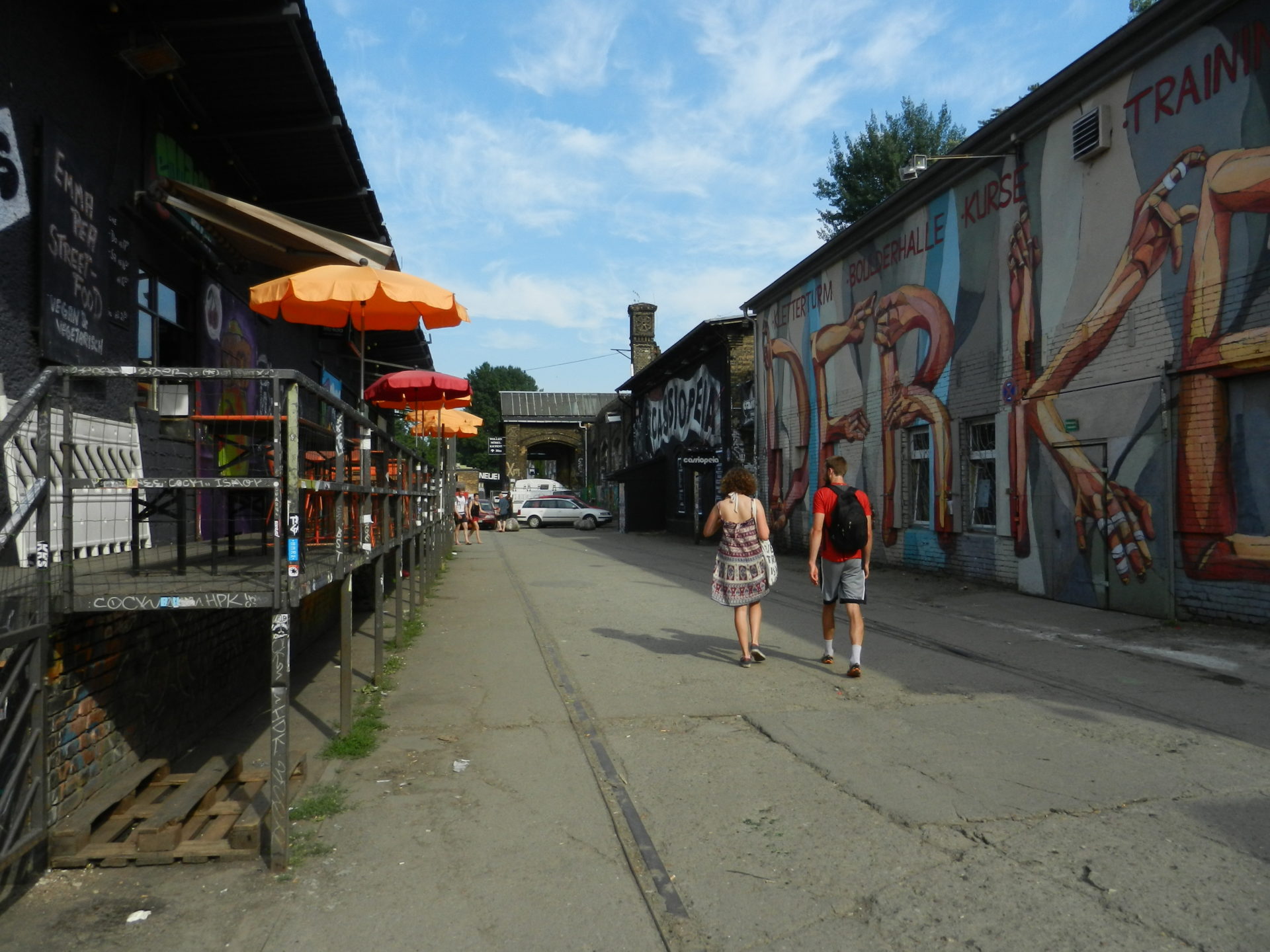
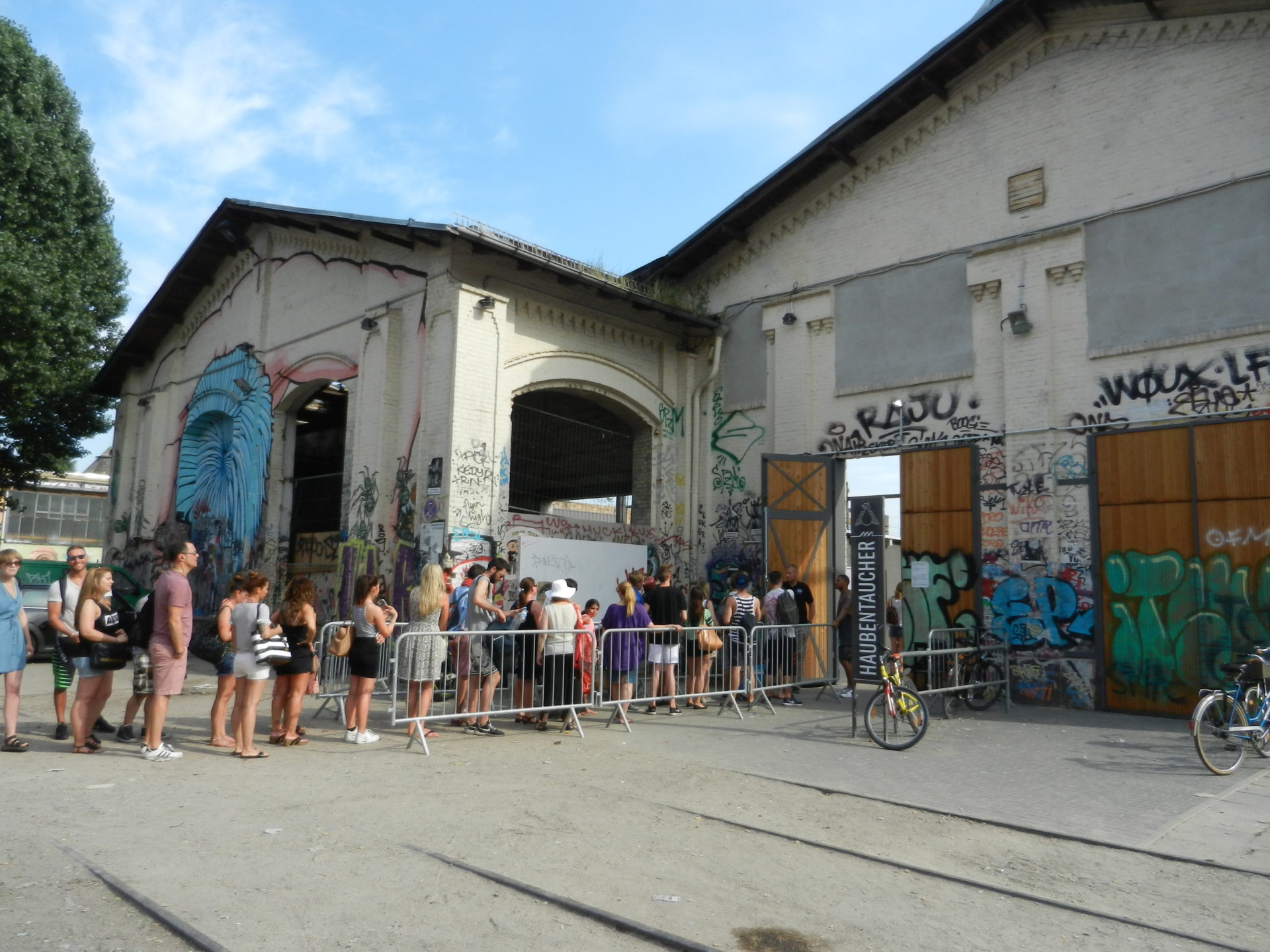
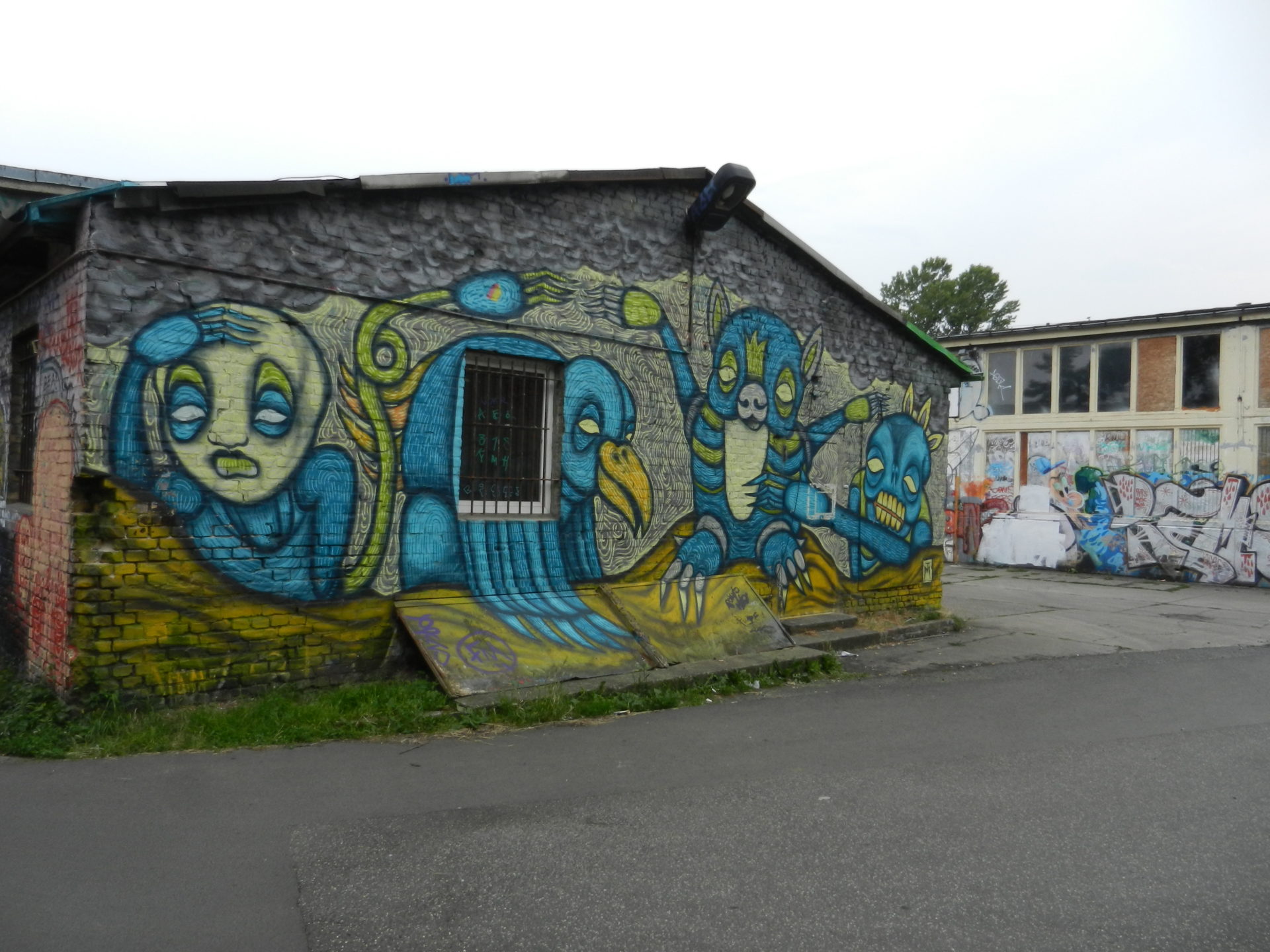
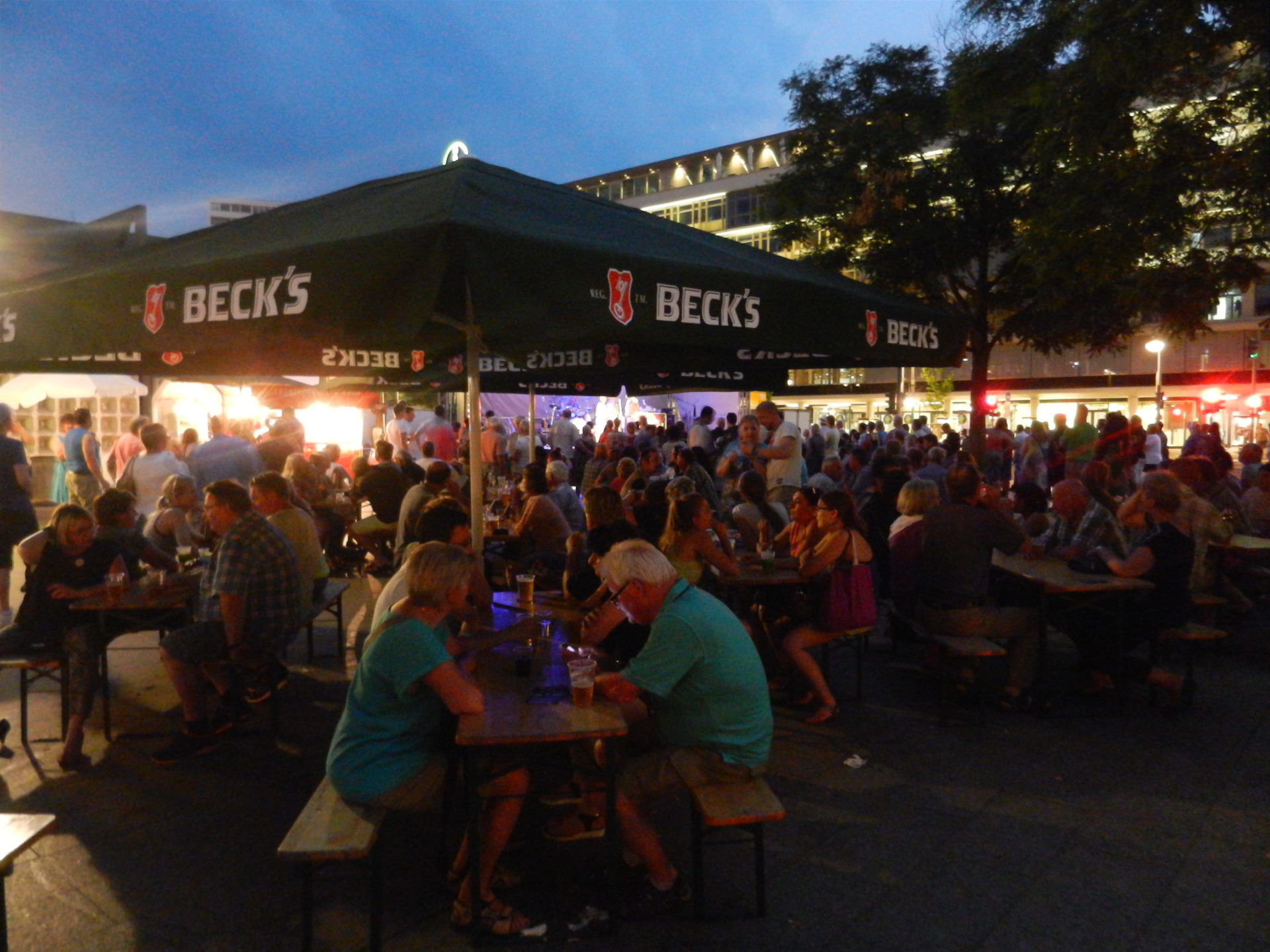
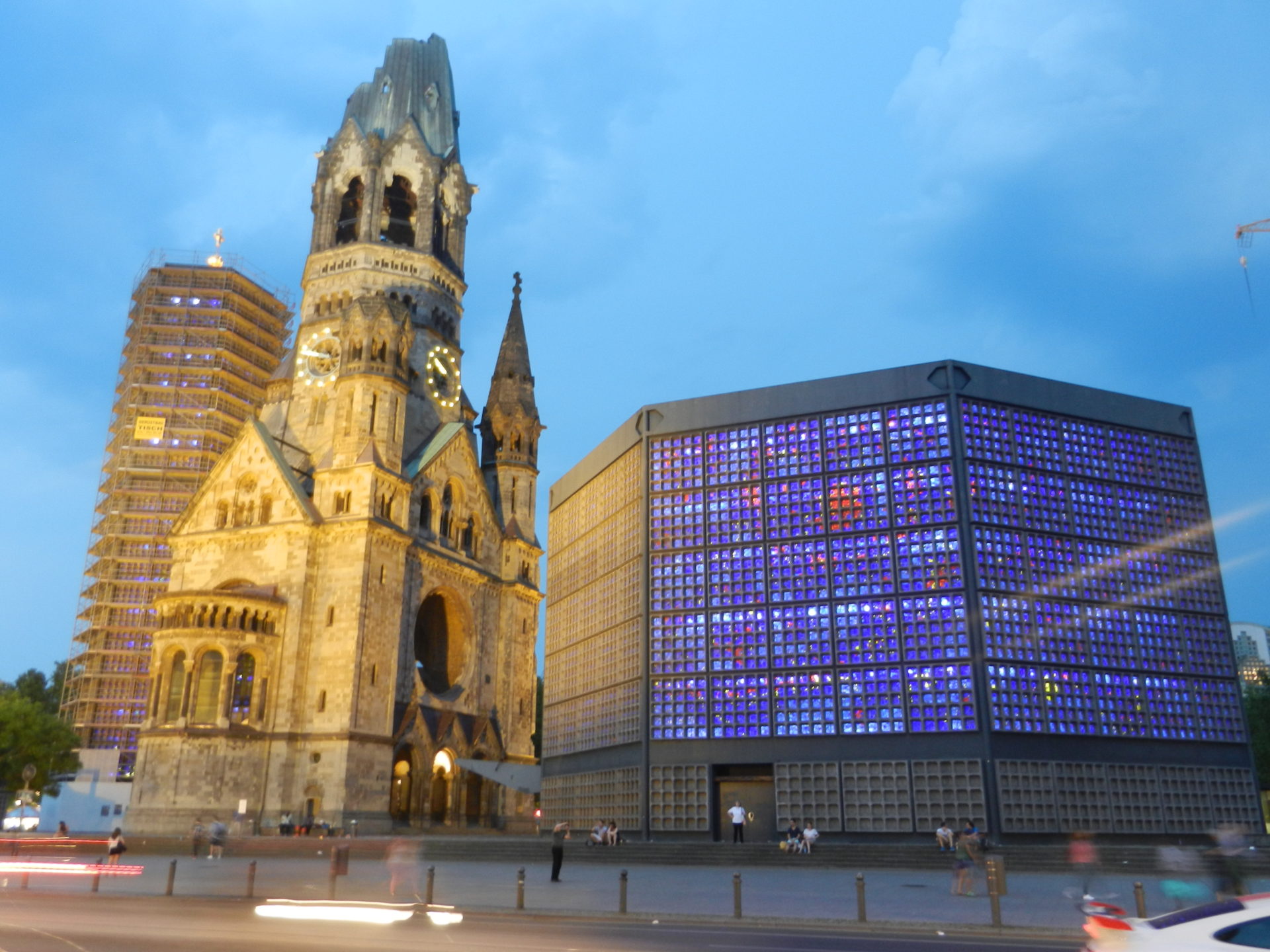
Well done. I like it. A visit here is on the list for the next Europe trip.
I’m glad you enjoyed it! And yes, absolutely! It was an interesting city to visit and we only scratched the surface 🙂